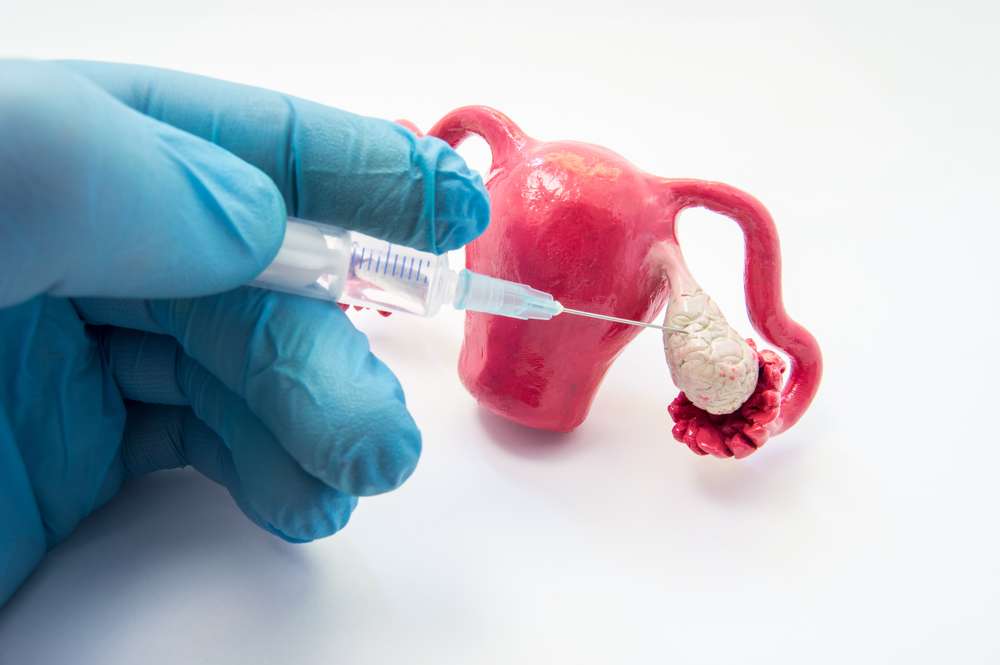
The Impact of Diagnostic Hysteroscopy on IVF Success Rates: A Systematic Review and Meta-Analysis
This systematic review and meta-analysis aimed to analyze the impact of performing diagnostic hysteroscopy before the first In-vitro Fertilization (IVF) cycle on the clinical pregnancy rate and live birth. The researchers consulted various databases, including PubMed-MEDLINE, EMBASE, and Web of Science, as well as clinical trial registries, to gather relevant studies. The inclusion criteria considered randomized and controlled clinical trials, prospective and retrospective cohort studies, and case-control studies that compared the probability of pregnancy and live birth between patients who underwent diagnostic hysteroscopy before IVF and those who underwent IVF directly. A total of 12 studies involving 4726 patients were included in the analysis. The results showed that the likelihood of clinical pregnancy was significantly higher among patients who underwent hysteroscopy before their first IVF cycle compared to those who did not (OR: 1.51, 95% CI 1.22, 1.88). However, there were no statistically significant differences in live birth rates between the two groups (OR=1.08; 95% CI, 0.90; 1.28). A sensitivity analysis that included only randomized clinical trials confirmed the finding that patients who underwent hysteroscopy prior to the first IVF cycle had a significantly higher clinical pregnancy rate compared to the control group (OR: 1.56, 95% CI 1.20, 2.02). The risk of bias assessment was performed using the Grading Recommendation Development and Evaluation (GRADE) methodology.
To know more: About the original article click here.
